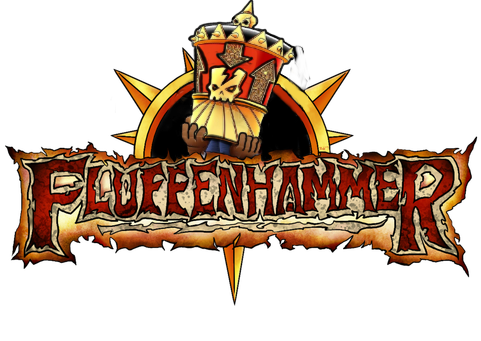Bloody Books Review: The Cursed City
Despite the title of the novel, This is not in fact a novelisation of the game*. being a prequel, explaining the story of events right up to the point that the narrative of the game begins. Thus, in a confusing start, the characters we experence here are not actually from the game. We are introduced to Emelda Braskov, here to avenge her family who were turned into Vampiric members of the Thirsting Court, Gustaf Voss, a Vampire Hunter here to meet with a member of the game’s cast and Morrvahl Olbrecht; a death wizard who opposes the Wolf from his own self-interest rather than any form of heroism.
Emelda and Gustaf establish a decent relationship early on, but both are wary of Morrvahl, who talks the talk of being on the side of Order but does have a staff that latches on and eats people’s essence and does have a tendency to summon magical nightmares. Whilst not the most original characters in the world, but they’re distinctive and have an enjoyable back and forth dynamic.
The book is divided into different chapters, prologues and interludes, focusing on either the characters, or a grisly murder of one of the townsfolk of Ulfenkarn. The interludes have something of the Warhawk Murders from Silver Nails, taking on the name of the Baron Grin Murders (due to the skin being flayed leaving a rictus smile). Each body is left untouched by the carrior and creatures of Ulfenkarn, which causes at first an investigation by the Undead Watchmen of the city, but as more bodies begin to pile up, Radukar, the Vampire Lord in charge takes an interest and hunts the murderer. Radukar, the final boss of the board game, gets a suprising amount of screen time here, less a distant threat and more a active part of the narrative, with some great characterisation to boot. His time gives a much needed look at the scope and politics of The Realm of Death, fast becoming the most well rounded Realm to date, and his own personal story is extremely compelling, and his history of how he came to be in Ulfenkarn powers the momentum come the last third of the tale.
There’s a deft hand behind the prose, conjuring up the hack n slash pulp of a old Dragonlance novel (but better) with a tightness and a leanness that something of that kin never had**, simulating the game it’s based on but never beholden to the mechanics and story of said game. It’s lively and moves at a fair pace, with strong characters and multiple threads keeping the attention held. The shifts on perspective helps a lot, never allowing anything to be bogged down as additional plot threads and threats come to the fore in both the external and internal conflicts facing each narrative, and just enough of what life is like in Shyish to fill out the backdrop nicely, and then leading up to the very first line of the game’s narrative story, though the game’s background mentions things that bear no relation to the novel, and none of these characters are from the game itself, which is a strange way to go about it. considering the game has a totally separate Death Wizard.
A good pulpy time is to be had here, and it comes recommended
Which, considering the cursed nature of Cursed City, may not be a problem to many
**Unless its a Ravenloft novel

